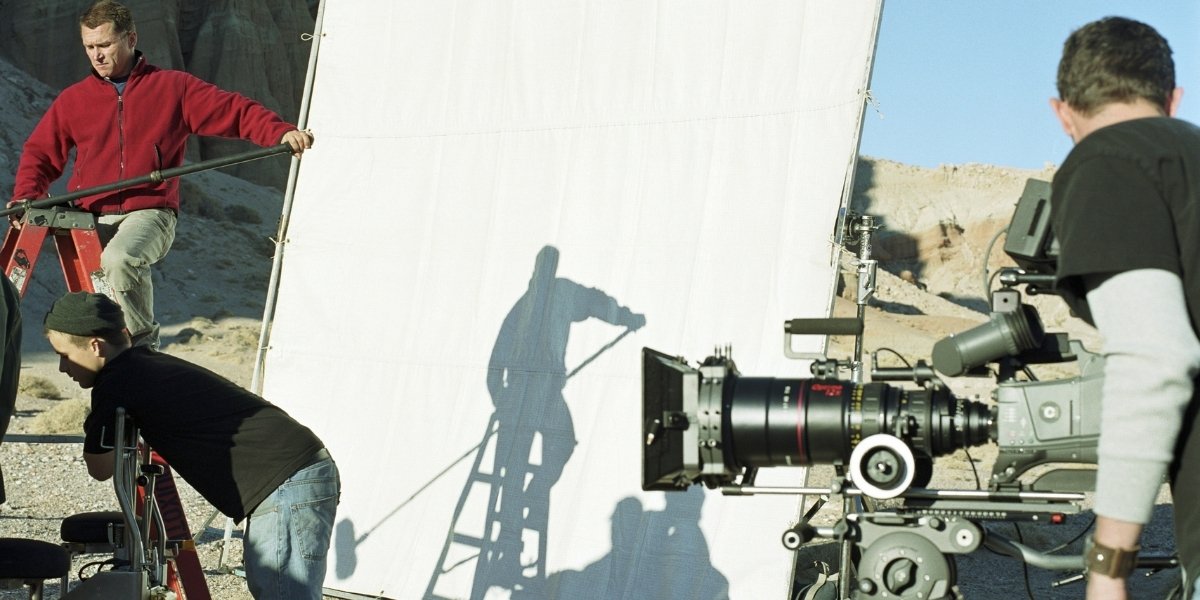The success of a blockbuster movie isn’t always a matter of plot alone. While compelling storytelling is key, the presence of an all-star cast often plays a pivotal role in determining a film’s potential at the box office. From A-list actors to award-winning directors, star power can elevate a movie from a standard offering to an unforgettable cinematic event.
But why exactly does the inclusion of high-profile celebrities make such a difference? The answer lies in the audience’s expectations, the media’s coverage, and the way big names influence ticket sales. Here’s how star-studded casts contribute to shaping modern blockbusters.
Drawing in Audiences: The Power of Familiar Faces
In a world where content is abundant and competition for attention is fierce, familiarity matters. Audiences are more likely to invest time and money in a film if they recognize the names on the poster. The star power advantage extends beyond simply having a well-known face in the lead role. It creates an emotional connection between the audience and the movie, making the experience feel more personal.
When major actors sign on to a film, it instantly amplifies its visibility. Stars like Dwayne “The Rock” Johnson or Scarlett Johansson have careers on both their acting chops and their marketability. Their involvement in a project not only attracts their established fanbase but also garners attention from media outlets. This media attention, in turn, helps build anticipation even before the movie hits theaters. It’s a snowball effect, where a film’s star-studded cast becomes a key driver in early ticket sales.
The boost in attention isn’t limited to ticket sales. It also extends to merchandise, promotional material, and social media buzz. Fans often eagerly share content related to their favorite actors, creating organic marketing that cannot be bought.
Brand Association: Star Power as a Marketing Tool
Movies today are as much about branding as they are about entertainment. Having the right stars in the right roles can elevate a film’s marketing campaign in a way that’s hard to replicate. Big-name actors bring their own audience and provide additional credibility to the project. This is particularly important for franchise films or adaptations, where the casting choice can make or break public reception.
Take, for example, Tom Cruise in the Mission: Impossible franchise. His return in each installment has become synonymous with quality action and excitement. His face on the movie poster isn’t just a selling point—it’s a statement of reliability and entertainment. Cruise’s long-standing involvement with the franchise offers a sense of continuity for fans, and his star power ensures that every new release draws significant attention.
The right actor can also breathe life into lesser-known projects. When Will Smith starred in King Richard, his casting added prestige to a biographical film about tennis stars Venus and Serena Williams. His performance not only highlighted his acting versatility but also brought a massive audience to a film that might have otherwise flown under the radar.
Financial Impact: How Star Casts Boost Revenue
A film’s financial success is often closely tied to the talent involved. High-profile actors and directors can significantly increase the production budget, but they also help ensure a solid return on investment. These stars often come with a built-in fanbase, which translates to increased ticket sales, streaming subscriptions, and even box office record-breaking moments.
Movies like Avengers: Endgame, with its ensemble cast of major Marvel stars, are prime examples of how star power can elevate not only the film’s prestige but also its financial performance. The film grossed over millions globally. While the film’s plot, direction, and effects were integral, the star-studded cast undoubtedly played a significant role in making the movie a must-see event worldwide.

This phenomenon isn’t just limited to massive franchises. A film that features multiple big names often becomes a cultural touchstone. Take Ocean’s Eleven (2001), for example. The ensemble cast, which included George Clooney, Brad Pitt, Matt Damon, and Julia Roberts, made the film feel like an event. Audiences flocked to theaters not only for the plot but because they wanted to see these beloved stars share the screen. The film grossed over millions worldwide, proving the financial potential of an all-star cast.
Building Hype: Social Media and Celebrity Influence
The influence of social media cannot be overstated when it comes to building anticipation for a blockbuster. Fans and industry insiders frequently take to platforms like Instagram, Twitter, and TikTok to share teasers, behind-the-scenes footage, and actor updates. This creates a ripple effect that often propels a film to success before it even premieres.
When an all-star cast is involved, the buzz generated around a movie is almost always amplified. Celebrities have vast followings on social media, and when they post about an upcoming film, it often reaches millions of people instantly. Actors regularly share glimpses of their filming process, creating a sense of intimacy that draws their audiences in.
For instance, when Chris Hemsworth posted images of his intense training for Thor: Love and Thunder, the posts went viral. Fans flocked to social media to engage with the content, generating excitement for the film and extending the conversation far beyond the typical marketing campaign. These interactions create buzz that reinforces the narrative of a movie before it even hits theaters.
Cultivating Long-Term Impact: Star Power Beyond Opening Weekend
While the immediate success of a blockbuster is often tied to its opening weekend, the true power of an all-star cast can also be seen in the long-term cultural impact. When big names are attached to a film, they help create a sense of cultural relevance that lingers. Films like The Matrix and The Dark Knight remain a part of pop culture years after their release, largely due to the iconic performances of stars like Keanu Reeves and Christian Bale.
These films have become more than just movies—they’ve evolved into long-lasting franchises and cultural touchstones. The influence of their stars has carried through sequels, spin-offs, and even merchandise, reinforcing the staying power of a strong cast.
For Hollywood, the star power advantage extends far beyond the box office. It solidifies a film’s position in the cultural zeitgeist, ensuring that it remains a topic of conversation for years to come.








